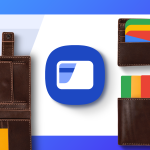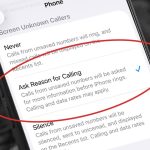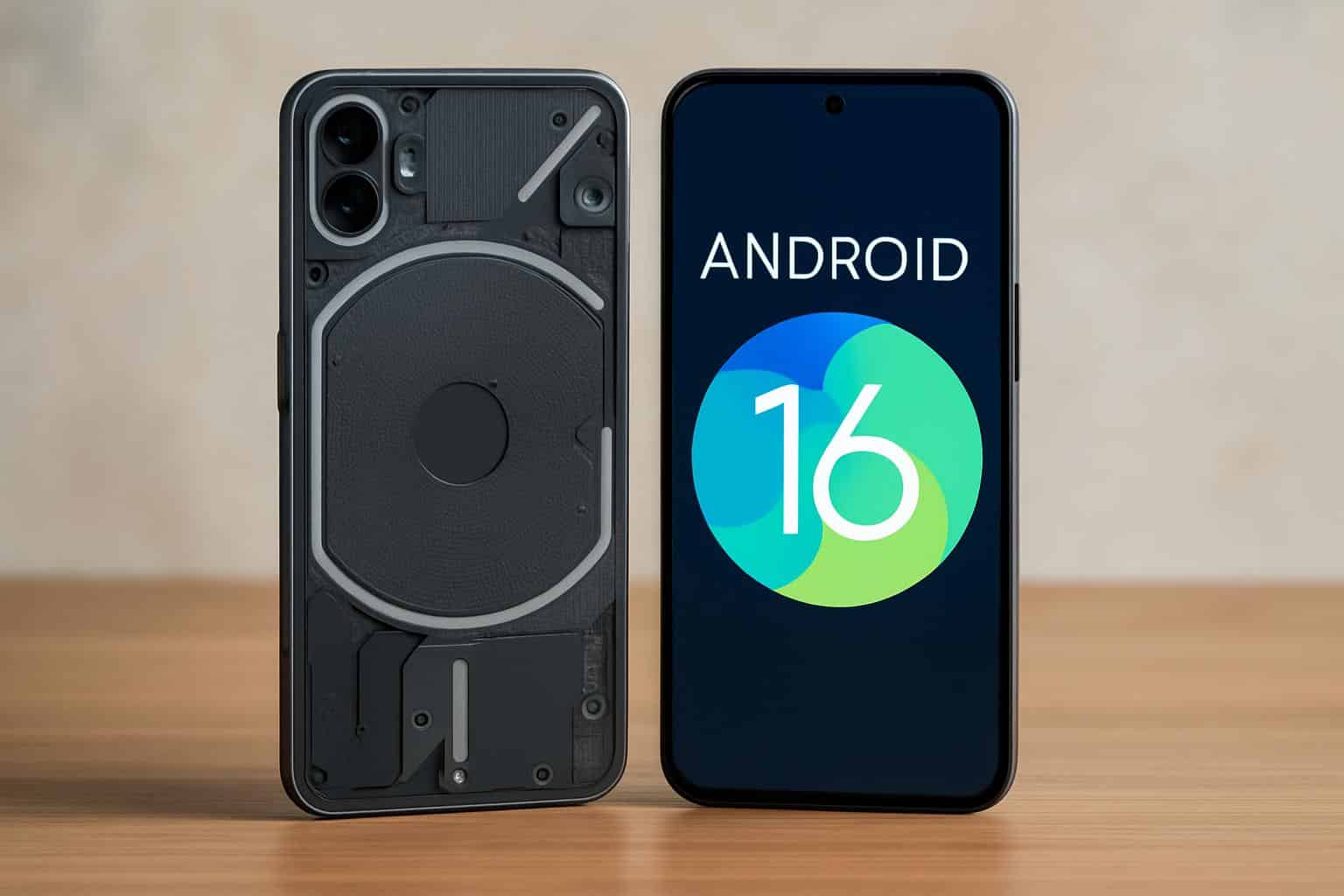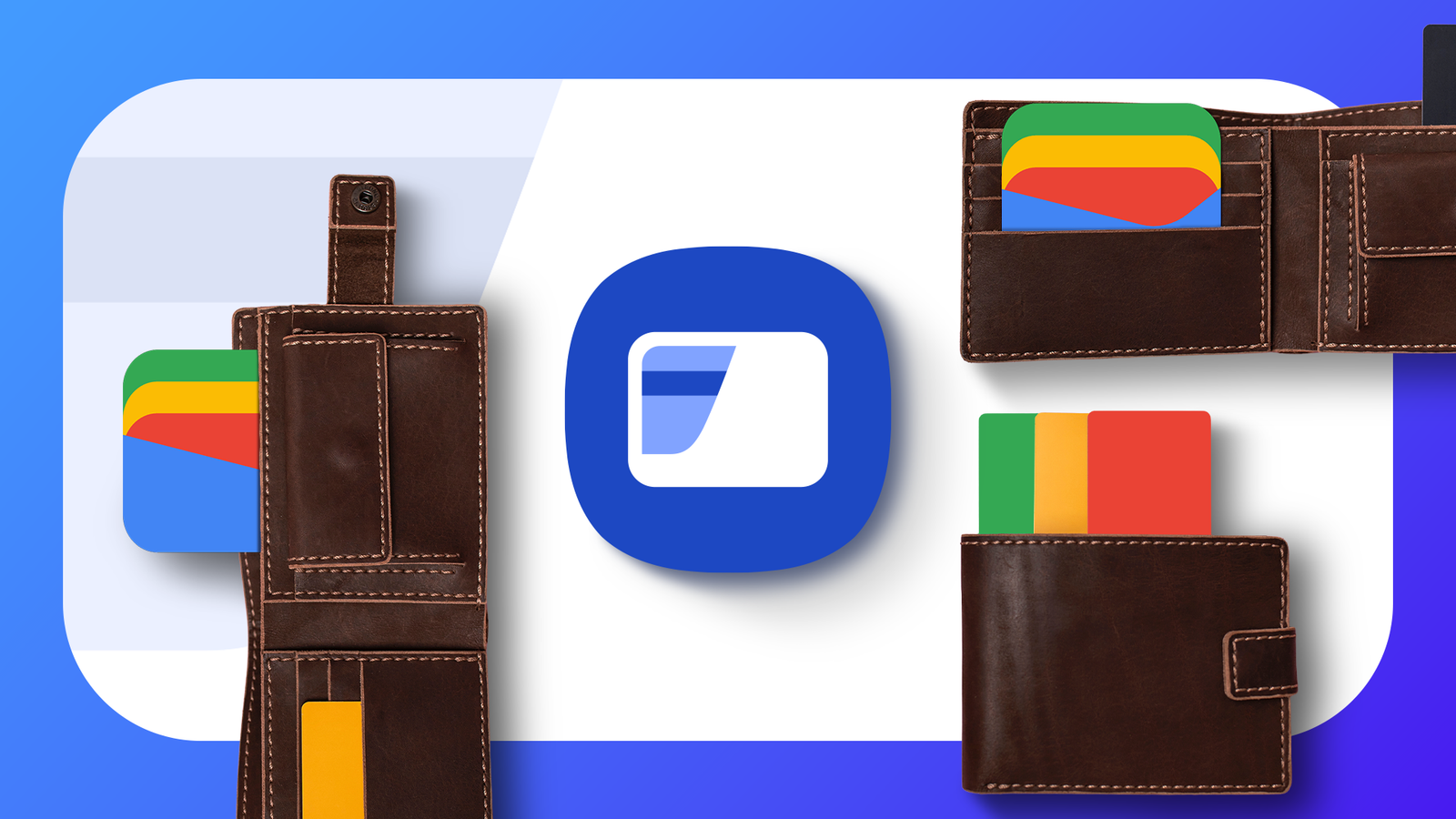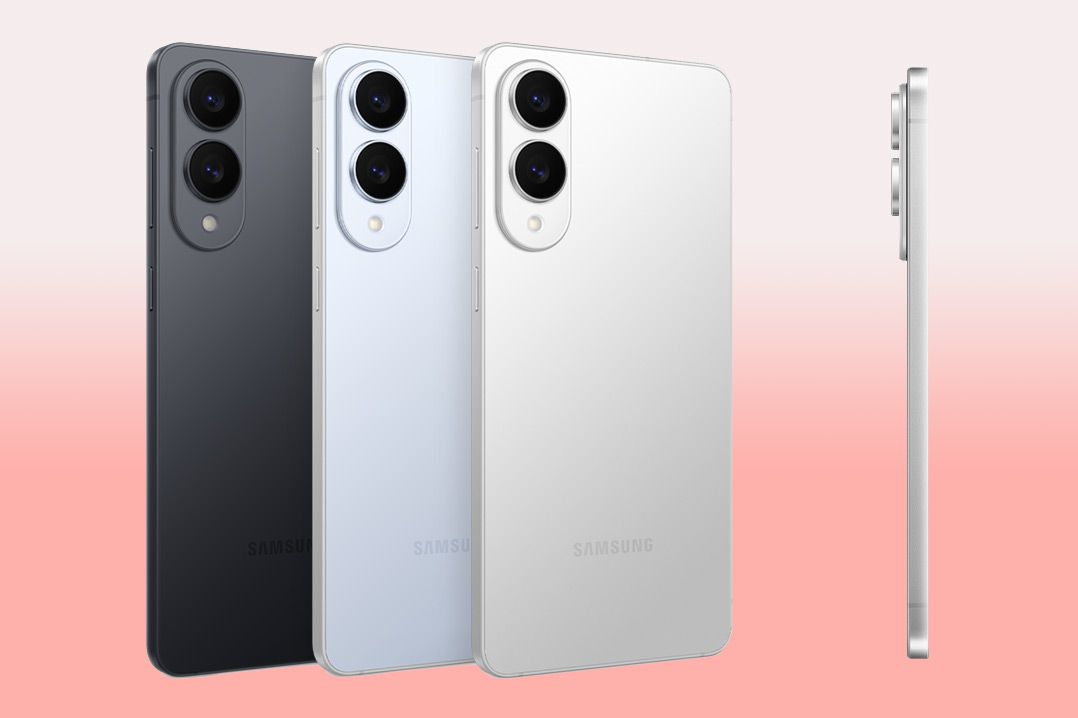A Nothing Phone 1 The owner apparently managed to do what most thought was forbidden, as they booted an unofficial build on the two-year-old handset, on Nothing OS 4.0 based on Android 16.
If true, this is a stunning proof of concept for a device that doesn’t fall under the company’s existing Android 16 beta program.
The rumor comes from a community post from YouTuber TechiBoy, who claims that an anonymous developer managed to get the new OS running smoothly on a Phone 1, with working preset shortcuts for the updated Camera app. The initial notes mention that the port boots clean and can be easily used, although it is currently in development and has not yet been released to the public.
Nothing OS 4.0 is currently only available in beta form for newer models – the Phone (2), (2a), (2a) Pro and the soon(ish) arriving Phone 3, depending on market and specs – leaving the first generation (Phone 1) hanging on the ropes for now. This void is what modders and Android power users often seek to fill.
How the port could possibly happen on phone 1 hardware
Starting with Android 8, Google’s Project Treble isolates the base operating system from low-level vendor code via generic system images, making multi-device ports more convenient. In reality, an active port still requires careful work:
- Unlocking the bootloader
- Translating the device tree for this phone
- Blob mining from proprietary vendors (hardware drivers tightly integrated with Android)
- Make sure the kernel works well with the framework
Nothing operating system adds additional obstacles. Features like the Glyphs interface, camera stack, and system overlays are built on proprietary frameworks that also don’t get along with other hardware. Assuming this version of Android 16 actually runs the updated Camera app and Phone 1 presets, that indicates that the developer just pulled off a particularly inspired hack to remap those hardware abstraction layers and resource overlays.
What works now and what still fails on first port
With the initial report, the daily usability seems good, as does the renowned camera experience. It’s strange to see this at the start of a port, as camera stacks are usually the last thing to be locked due to sensor tuning and ISP dependencies.
There are some known oddities. The status bar clock is apparently not properly aligned and the camera preview actually appears below the punch-hole cutout. These are standard overlay issues: setting slice and status bar metrics, which would likely require new resource packages or changes to the Overlay Manager service. Expect a few more rough edges until the developers remove them.
Even though the system works well, it would be prudent for enthusiasts to accept that common side effects include:
- Playing SafetyNet integrity/breakage
- Contactless payments stop working
- DRM moving from Widevine L1 to L3
- Idle and thermal drain different from stock
(I don’t have confirmation of these here, but they are typical of early ports.)
Why it matters to phone owners 1
The Phone 1 was released on Android 12 and has since gone through the different iterations via its big software updates. There’s no guarantee of three OS updates and several years of security patches for the device, leaving Android 16 anyone’s guess via an official path. An unofficial route could extend the useful life of the phone and allow users to test new platform features before any official roadmap.
Android is also fun and predictable that way, with regular OEMs integrating and certifying builds on their own timelines. Traditionally, it’s forum communities like XDA Developers that fill this gap with ports and custom ROMs, allowing older hardware to stay current far beyond the manufacturer’s intentions. This attempt fits this pattern.
Proceed with caution if flashing unofficial early builds
This isn’t something you’d do if you’re a casual user, but let’s see how we can replicate the process. Pressing the bootloader switch will wipe the phone and could void support. Remember that incorrect instructions or files when flashing low-level partitions can crash a device. Some security-sensitive applications, such as those for banking and transportation, will not work with modified firmware.
If a version exists, use thorough backup systems, read community comments, and check the person’s name. Search changelogs, lists of known issues, and comment threads. Eventually, a stable release will contain recovery instructions, restore paths, and hopefully source changes to be transparent.
Outlook for an Android 16 version on Nothing Phone 1
So for now, consider the port a very exciting proof of concept. If the developer does public photo sharing, I would expect to see community testing for polishing, overlays, camera adjustment, radio stability, and playback integrity workarounds. Nothing’s community forums and other developer hubs will likely be the first to announce the news when it’s ready.
It’s unclear whether the Phone 1 will ever get an official Android 16 upgrade, but the effort serves as a reminder of a larger fact about Android in general: With Treble, open kernels, and an active development scene, the software ceiling for good hardware often reaches higher than what appears on a spec sheet.

